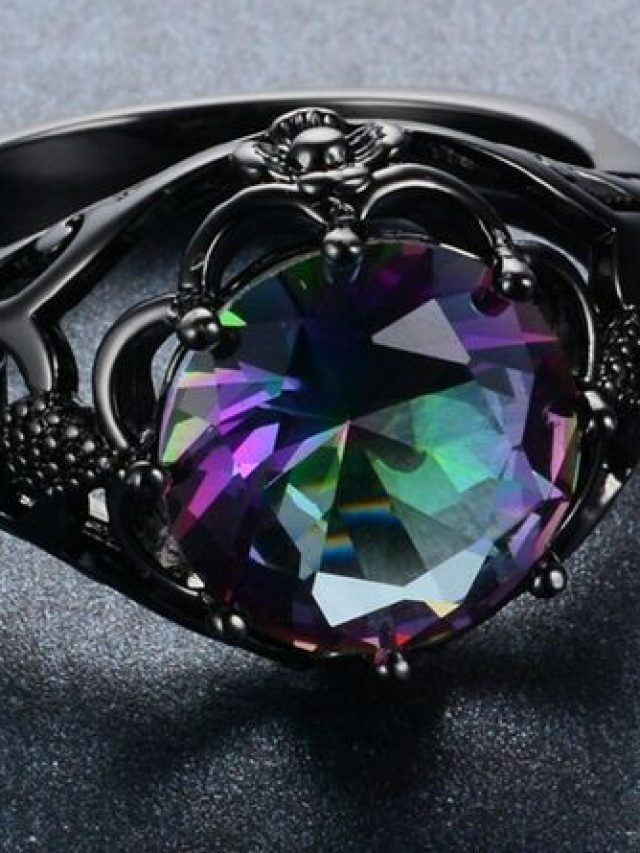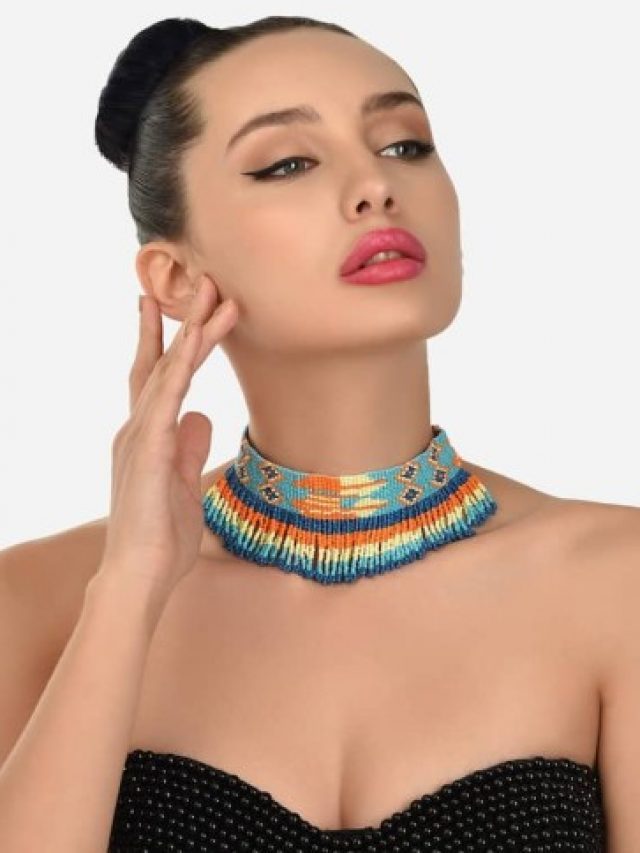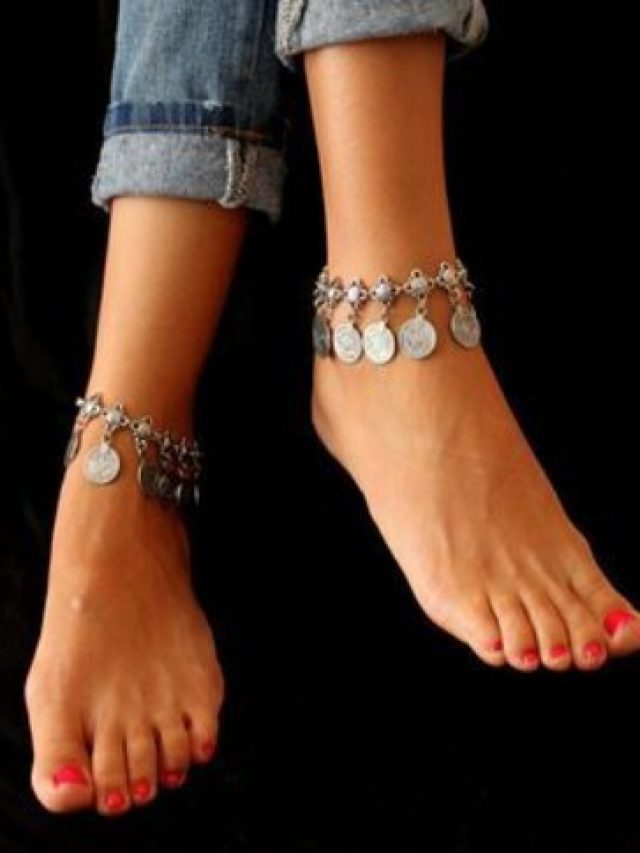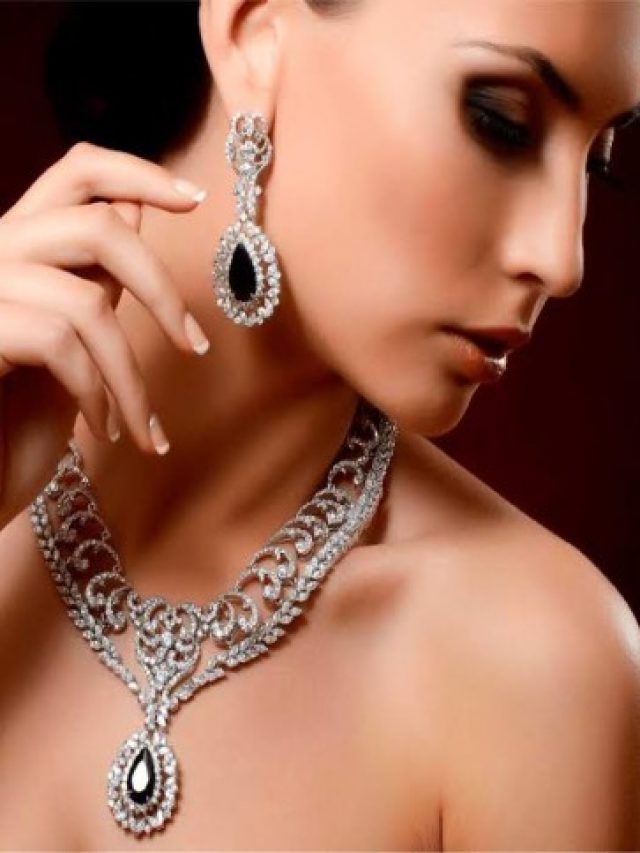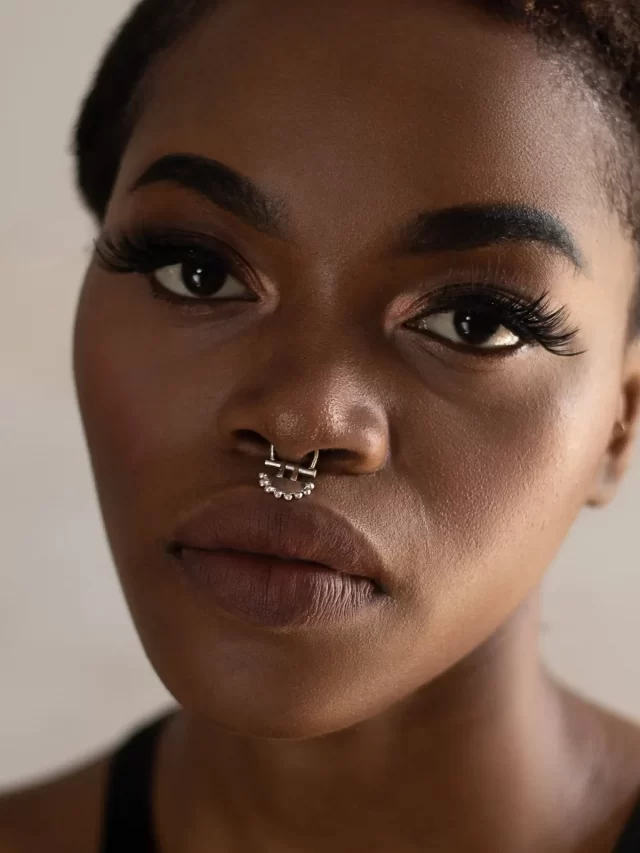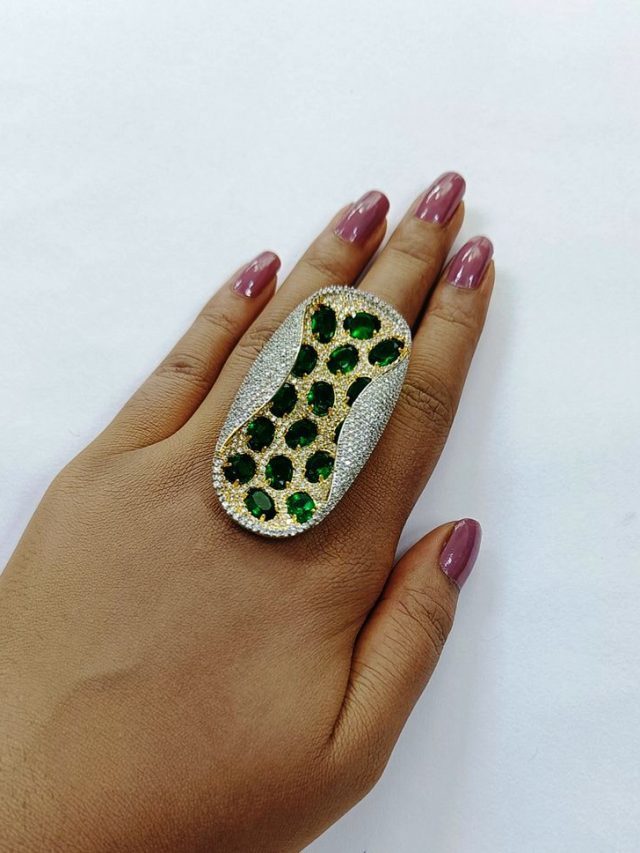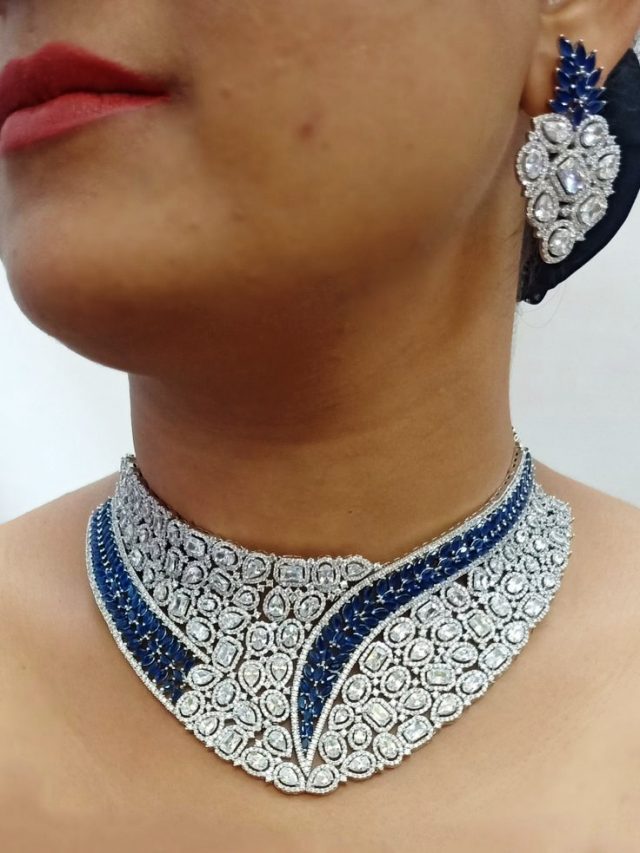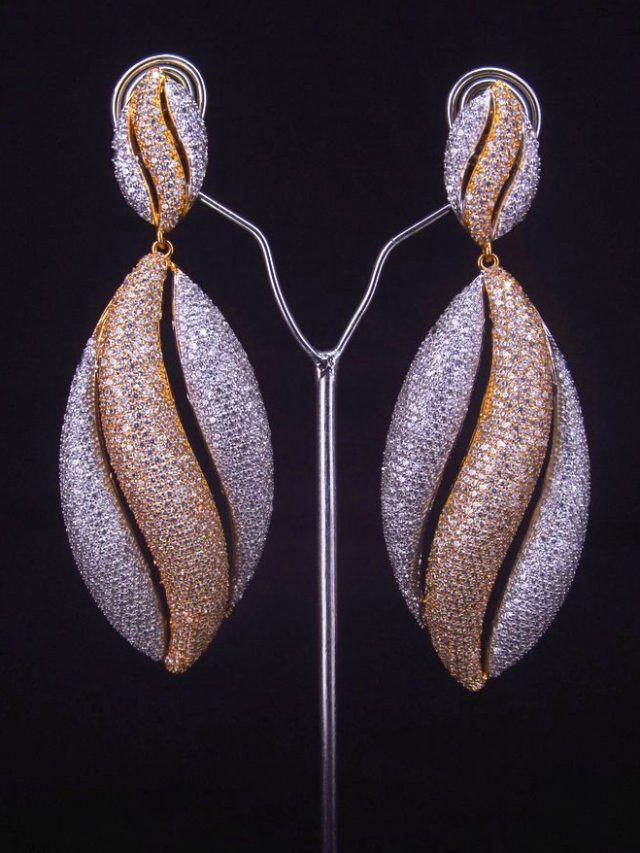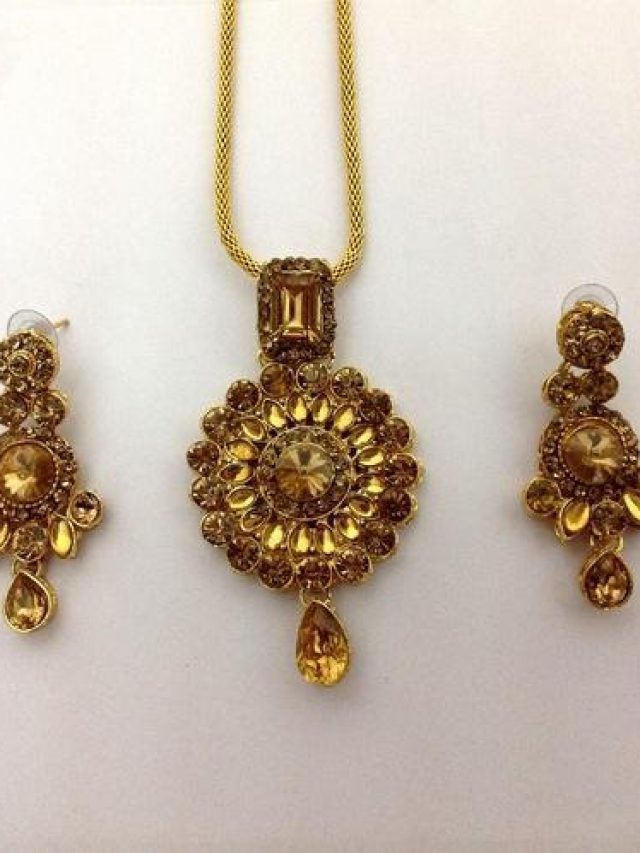
Rarest of rare, Argyle violet diamonds stand out from the rest of Argyle’s colour diamonds, including the highly coveted pink diamond. But just what is it that makes it one of Earth’s most beautiful gifts? Explore everything there is to know about the Argyle violet.
GO STRAIGHT TO SECTION
| London-based historian and jewellery expert Vivienne Becker dives into the beauty and rarity of the Argyle Violet. |
Considered to be one of the rarest colour diamonds in the world, Argyle violets stand out not just for their extraordinary colour, but because of the unique chemistry.
Not to be confused with blue diamonds, Argyle violets have a one-of-a-kind origin and possess a unique trait unlike any other, as their violet colour ranks at the highest frequency of the visible colour spectrum.
An Argyle violet belongs to the highest end of the frequency band due to due to a unique combination of trace impurities that include nickel and nitrogen.
» GIA Research Report: Hydrogen-rich violet diamonds from Argyle
The Argyle violet sits so high on the frequency band that changes had to be made to the GIA Violet palette. It’s a gemstone that truly changed the industry upon release.
The only known source of these fascinating gemstones is Western Australia’s now-depleted Argyle Diamond Mine, which was once the world’s largest supplier of pink diamonds.
The mine was responsible for supplying around 90 per cent of the international market of pink diamonds, which comprised less than 0.1 per cent of the mine’s total diamond production. With the mine closed, there are few of these Argyle violets left on the market.
Magnification of GIA’s Colour Wheel spectrum from Green-Blue to Purplish Red to visualise where violet sits on the spectrum.
The rarest of them all
Argyle violets are very difficult to find and to describe them as ‘incredibly rare’ is an understatement.
For every 500 or more pink diamonds unearthed, only one would emerge as violet. And of all the violets discovered, less than five per cent are considered fully-saturated violets, and classified using the Argyle scale as BL3, the deepest colour classification. It should therefore come as no surprise to anyone that they’ve become highly-sought after by collectors.
To date, the 2.83-carat Argyle Violet featured in the 2016 Argyle Tender stands as the largest polished Violet by far. Over the life of the Argyle Diamond mine spanning nearly four decades, just nine Tender stones classified as Violet, Gray or Blue were one carat or larger in size, of which only two were over two carats, of which only The Argyle Violet received a Violet certificate from the Gemological Institute of America.
The Argyle Violet was extracted from a 9-carat rough stone and is the world’s biggest polished violet diamond. It is within the rarest and most intense colour category of Argyle violets and was colour-graded by the GIA as “Fancy Deep Grayish Bluish Violet” – no other stone in the history of the Argyle Pink Diamonds Tender shares this colour grade.
Thomas Gelb, gemmologist and CEO of the Diamond Durability Laboratory and board member of Natural Color Diamond Association, says it’s important to put the discovery into context.
“Until the discovery of the Argyle Violet Diamond no other violet diamond had been found that even approached the size of the more than 9 carat rough,” he says.
“The vast majority of violet diamonds found are well under 1-carat in size. This behemoth was so large that it likely outweighed all the violet diamonds found that year.
“Along with its better known pink diamonds, the Argyle mine has produced a very limited number of violet diamonds.
“The overall volume of pink diamonds produced by Argyle was tiny, yet represented around 90 per cent of the annual production of all pink diamonds worldwide. Yet, there were still orders of magnitude more pink diamonds than violet diamonds produced.”
  |
| The 9.17-carat Argyle Violet rough is the largest of its colour found to date. It took specialist diamond cutters and researchers more than 80 hours to unlock a single band of saturated violet running through the heart of the stone. The resulting 2.83-carat oval is the only violet diamond of this colour in the history of the Argyle Diamond Tenders making it unrivalled in its beauty and rarity. |
What makes the Argyle violet special?
It’s not an exaggeration to say that, the Argyle Violet has it all.
Discovered in 2015, the Argyle Violet was cut from a natural violet rough diamond weighing 9.17 carats and – bears historical significance.
The following year, Rio Tinto Diamonds – the mine’s owner – presented the world’s largest polished oval-shaped Argyle Violet which became the Hero diamond and centrepiece of the 2016 Argyle Diamonds Tender.
In November 2016, LJ West Diamonds was successful in acquiring the tender for an undisclosed amount and became the owner of the Argyle Violet.
» Watch Video: The 2.83-carat Argyle Violet ring
It has a grade of eye-clean SI1 clarity, which is unusual for a large diamond, considering that Argyle’s mined diamonds are generally graded with SI2 to P1 clarity.
Lawrence “Larry” West, founder of LJ West Diamonds – an Argyle Pink Diamond partner, says “Violet diamonds have a unique origin of colour that puts them in a class of their own: the colour violet is at the highest frequency of the visible colour spectrum and an Argyle violet is at the highest end of that frequency band due to the trace presence of nickel and nitrogen and the intense stress under which the diamonds had been formed.”
The diamond – which is currently on LJ West Diamond’s stock – is set in a ring surrounded by a dozen vivid pink diamonds of the lowest frequency band of the visible colour spectrum to highlight the beauty of the Argyle Violet.
Vivenne Becker, a historian and jewellery expert, says that even for industry’s veterans, the Argyle Violet was something that had to be seen to comprehend.
“Argyle diamonds possess an extraordinary, completely unique mix of colour and light, a combination of intensity of hue and scintillating brilliance that is not seen or found in any other diamond or gemstone,” Becker says,
“The colours of Argyle diamonds are unlike any other colour of diamond, sweet, strong, the blues are deep powder blue, with a particular depth and warmth, a hint of pink in the blue that in this case has morphed into a deep violet which is astonishingly rare.
“Other blue diamonds from other mines tend to have more of a greyish tint, a colder hue,” she adds.
“Colour and light are the two most powerful emotional triggers in a gem; so that when the Argyle’s exceptional fire, life and brilliance is fused with the deeply emotive, mysterious, almost mystical and certainly never-before-seen shade of violet the effect is simply mesmerising.”
Why are they different to other natural colour diamonds?
Beyond their unique status, violets are more commonly sought by competitive collectors who truly understand the diamonds’ value and rarity.
Gelb explains that researchers are still unsure of the origins of the Argyle violet’s unique colour. “Violet diamonds from the Argyle mine are the only truly violet diamonds found anywhere in the world,” he says.
“All the other diamonds – and they are very few – that display a hint of violet are predominantly blue. Further the violet diamonds found at Argyle have a unique, and as yet not understood, cause of colour.”
The director of Delta Diamond Laboratory and former chief Argyle diamond specialist, John Chapman, says there are mutliple factors which distinguish the violets from similar stones.
“Argyle violet diamonds are distinguished from natural blues and other Argyle coloured diamonds on several accounts,” he says.
“While blue diamonds, such as the Hope, have almost immeasureable concentrations of nitrogen impurities, the violets are awash with nitrogen in the thousands of parts per million.
“One study implicated nickel as one of the key impurities, likely combined with nitrogen clusters. Hydrogen is also present in high concentrations, however it is unknown if this impurity contributes to the colour as other diamonds with similarly high hydrogen levels are not violet or even coloured.
“Curiously the absorption spectrum of violets include an absorption band at 550 nm that is very similar to that of Argyle pinks. It is the addition of an absorption in the red region that imparts a net violet colour.”
Strain one possible differential
Violets can outmatch a premium pink in terms of price and the deepest violet diamonds can be sold for more equivalently-sized diamonds.
While coloured diamonds are inherently and naturally attractive, violets stand out by providing contrasts with other coloured diamonds such as pinks, yellows, reds and the finest whites.
Chapman explains that strain and stress within the crystals may explain why Argyle violet stands out from other coloured diamonds.
“One of the features of Argyle violets in the rough state is that it was very rare to find a crystal with identifiable crystal faces. Instead they were invariable shaped as broken fragments, perhaps a result of breakage from the stresses experienced.
“The crystals may have been weaker on account of the relatively high atomic impurity content. This fragility may explain why the size distribution was biased towards the smaller sizes.
“Of note also is that Argyle violets exhibit very little strain, in contrast to other Argyle diamonds that are generally noted for their internal strain.
“All violets show a distinctive fluorescence colour under short-wave and long-wave UV and a very short-lived phosphorescence.”
|
» Hue and intensity – These are equally the most important qualities to look for when choosing diamonds and have a significant effect on the diamond’s value. » Purity of colour – The ‘purer’ the colour, the more valuable the diamond gets, but there are certain exceptions. » Cut – The cut of the diamond is also crucial: a poorly cut stone, regardless of the shape, affects the colour and the overall look. » Tone – An often overlooked quality is the tone of a colour diamond. Tone is a range and cannot be easily determined by simply reading a certificate – you need to look at the diamond to gauge the combination of hue, intensity and tone, and not just rely on what the certificate describes. » Size – Size matters. The bigger, the rarer. |
What’s the value of collecting violet diamonds?
The Argyle violet is undoubtedly the world’s rarest natural coloured diamond but there’s more to the story than just colour, the unique chemistry that forms its foundation is also important.
Violet diamonds possess a unique origin of colour that puts them in a class of their own.
The colour violet is at the highest frequency of the visible colour spectrum and similarly, an Argyle violet is at the highest end of the frequency band due to the trace presence of nickel and nitrogen and the intense stress under which the diamonds had been formed.
You combine that with the fact that the Argyle Diamond Mine has been decommissioned since 2020 and you have a stone that Larry West describes as finite.
“They are ‘hands-down the rarest’ diamonds, possessing an ‘unprecedented’ level of colour – the highest frequency colour among the violets, which are already in the highest frequency,” West explains, adding that “Argyle violets are an order of magnitude rarer than pink diamonds.”
Why is it a collector’s treasure?
Collectors are connoisseurs with unique individual tastes, however some factors are all encompassing. The higher the value and rarer the diamond, the more enticing it becomes.
For this reason, there is strong demand across all colours, shapes and sizes, provided the stones come with proof of provenance.
However, from a consumer standpoint, not everyone wants, or can afford a 1-carat Fancy Violet, Vivid Purple-Pink or a Fancy Pink diamond. “Pinks as small as a twelfth of a carat are very much in vogue since they carry certificates and are at a relatively affordable price point,” West says.
To date there has not been another Argyle-type deposit found, and even if another mine with similar properties was discovered today, it would be deemed not feasible to develop it unless it was high grade with large reserves, West explains, “since the vast majority of Argyle’s production comprised of relatively inexpensive ‘near-gem’ diamonds.”
It’s reasonable to assume, therefore, that no other diamond will surpass the rarity and beauty of the Argyle violet – and that the diamond holds a status of exclusivity that is unlikely to be challenged, at least not in this lifetime.
West says, “The Argyle stones are a finite quantity now – because the mine has closed, there will never be more Argyles coming down the production pipeline.”
“Just like fine collectible art, when an artist has passed on, there will be no new artwork to expect from the artist,” he adds.
For Vivenne Becker, the value of Argyle diamonds is multi-faceted.
“The Argyle Violet is one of the rarest diamonds ever discovered and I have no doubt it will become one of the great, historic, heritage diamonds written about by future historians,” she says.
“It is absolutely a one-of-kind – most of all it is heart-wrenchingly beautiful, and a true miracle of nature. Looking at it, there’s a sense of awe at how nature could have created such a treasure.
“One of the attractions of the Argyle blue or violet diamonds is the fact that despite their rarity and preciousness, they are low-key, and only recognisable to another connoisseur. At the same time, the blend of colour and fire brings a visual excitement to any jewels.”
She continues, “Argyle diamonds have opened up a whole new palette of colour and light, to designers and jewellers, and the depth and intensity of a violet diamond generate an entirely new narrative, a new ideal of beauty and most of all, I believe, a violet diamond stirs a powerful visceral and emotional response in anyone who sees it.”
Is an Argyle provenance important?
For Larry West, proof of provenance is key for collectors. The value of an Argyle diamond can only be determined if there is proof to show the stone originated from the Argyle deposit.
“The general consensus is that an Argyle diamond must have an Argyle Certificate to prove its provenance, but this is a misconception,” West says.
Argyle only began progressively certifying its diamonds in 2005, and the smaller stones in 2016.
“This means that only a small fraction of Argyle’s entire production of Pink and Violet diamonds actually carries Argyle certificates,”
Fortunately, diamonds have characteristics unique to their region – a kind of geological fingerprint. It is, therefore, possible for a diamond laboratory to analyse a diamond’s optical and spectroscopic data to assess how closely aligned they are with a dataset from a particular mine.
An Argyle origin certificate from a reputable diamond laboratory can satisfy a collector’s need to confirm their diamond’s provenance.
How to start a rare diamond collection

West explains the fancy colour diamond market is opaque and there is very little reliable data on prices.
“Tiny differences in the characteristics of a colour diamond can lead to enormous price differences, and prices change very often – and often quite dramatically.”
He adds, “It is, therefore, important that you deal with a supplier who has a long track record of specialising in fancy colours and is fully aware of current prices.”
2.83-carat Argyle VIOLET & PINK Ring
|
The LJ West Diamonds Story
LJ West Diamonds has established itself as one of the world’s prominent houses for some of the extraordinarily rare and exotic, natural fancy colour diamonds to have ever been unearthed.
Its collection includes a vast colour spectrum of incredible rare pink, blue, yellow, green, orange, red and violet diamonds.
Much of LJ West Diamond’s success is attributed to its masterful skill in analysing a diamond, where each stone is carefully examined to determine the stone’s fullest colour potential.
Getting to the final stage in determining the diamonds can take months or up to a year, as gemologists meticulously examine each diamond to assess the cutting technique that would bring out the best qualities of each stone.
“My attraction to natural colour diamonds is much like my attraction to life, every day is unique. Every colour diamond that I ever seen or owned has had its own unique characteristics, its own flaws and its own beauty,” West says.
West has owned and polished some of the most beautiful and rare natural colour diamonds ever found. Ranging from 1-carat to 5-carat plus diamonds belonging to the categories of intense and vivid pink, green, orange, blue, violet and fancy red stones.
LJ West Diamonds, Inc. is one of the earliest authorised partners of Argyle Pink Diamonds – beginning in the late 1980s – when Larry West began his collection of Argyle pink diamonds, exhibiting them at trade shows all over the world.
Today, LJ West Diamonds owns some of the largest collections of Argyle violet and pink diamonds in the world.
It also holds the largest Argyle diamonds collection in the USA and is one of the leading experts in highly valuable and rare Argyle violet and pink diamonds, which were recognisably part of the mine’s annual Argyle tender before it ceased mining operations.
Contact our team for more information on
how to start your violet or pink diamond collection


















